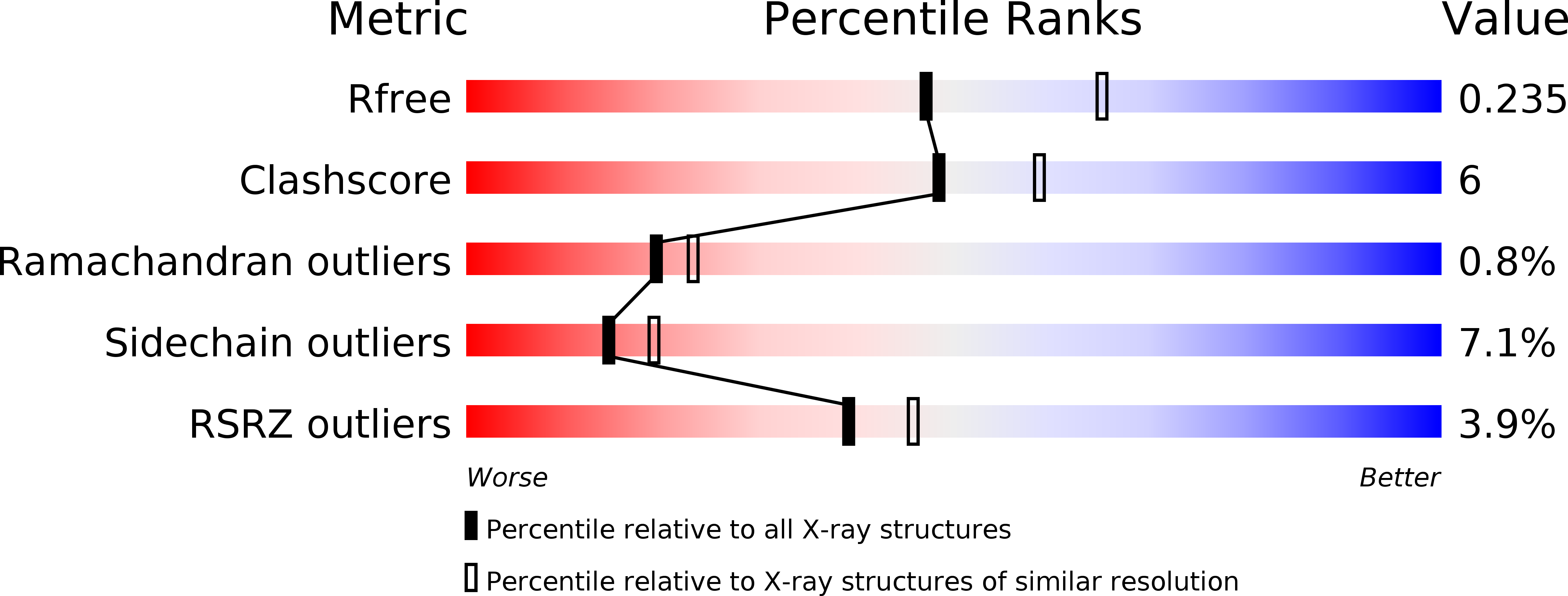
Deposition Date
2018-05-09
Release Date
2018-07-18
Last Version Date
2024-12-25
Entry Detail
PDB ID:
6DD6
Keywords:
Title:
Crystal structure of bacterial (6-4) photolyase PhrB from in situ serial Laue diffraction
Biological Source:
Source Organism:
Rhizobium radiobacter (Taxon ID: 358)
Host Organism:
Method Details:
Experimental Method:
Resolution:
2.30 Å
R-Value Free:
0.23
R-Value Work:
0.16
R-Value Observed:
0.16
Space Group:
P 21 21 2


